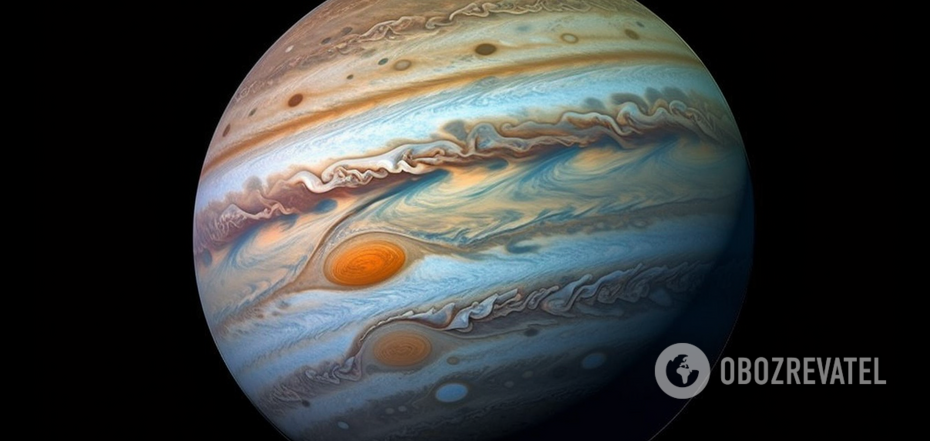Life
Jupiter is constantly changing color: scientists have solved the mystery of the giant planet
Jupiter is the most interesting planet in our solar system to observe. Even with a small telescope, you can see how the colorful streaks and swirls on its surface change. Scientists are convinced that this phenomenon is the product of a complex atmosphere that is constantly in motion.
But the cause of such movement has so far been a cosmic mystery. However, according to IFLScience, researchers seem to have found a likely solution. It seems that the constant dynamic changes are associated with infrared waves observed at a depth of 50 km in the atmosphere of Jupiter. And these waves appear to be related to the planet's magnetic field.
"If you look at Jupiter through a telescope, you can see bands wrapping around the equator along lines of latitude. Dark and light belts appear there, and if you look closely, you can see clouds being carried around by extremely strong east and west winds," said Chris Jones, a professor at the University of Leeds. Near the equator, he said, Jupiter's wind blows toward the east, but after a slight shift in latitude toward the north or south, it starts blowing west. Another slight shift and it blows eastward again. This alternating wind direction makes the planet very different from Earth.
Jones told us that every four or five years Jupiter undergoes a global shift. The colors of the belts become different and the weather patterns become insane. Until now, the cause has been a mystery.
Scientists knew that Jupiter's magnetic field is extremely powerful, about 20,000 times stronger than Earth's magnetic field. This was the subject of NASA's Juno mission. Thanks to it, it was able to record wave-like movements in the planetary magnetic field, called torsional oscillations. "Interestingly, when we calculated the periods of these torsional oscillations, they corresponded to the periods you see in the infrared radiation of Jupiter," Professor Jones added.
One interesting feature of the planet's magnetic field is the so-called Great Blue Spot. It has nothing to do with the Big Red Spot in its atmosphere. This feature has been moving eastward for some time, but is slowing down. The Juno team believes it may soon turn around and start moving westward, causing upheaval within Jupiter.
"Uncertainties and questions remain, in particular how exactly the torsional oscillations cause the observed infrared disturbances, which probably reflect complex cloud/aerosol dynamics and responses," explained lead study author Dr. Kumiko Hori. These questions need further study, she said, but the findings could shed additional light and guide further work on Jupiter. The Juno mission, which is exploring the planet, has been extended until September 2025.
Previously OBOZREVATEL told about the discovery of scientists, which proved - we were wrong about the shape of the Milky Way.
Subscribe to OBOZREVATEL channels in Telegram and Viber to keep up with the latest events.



























